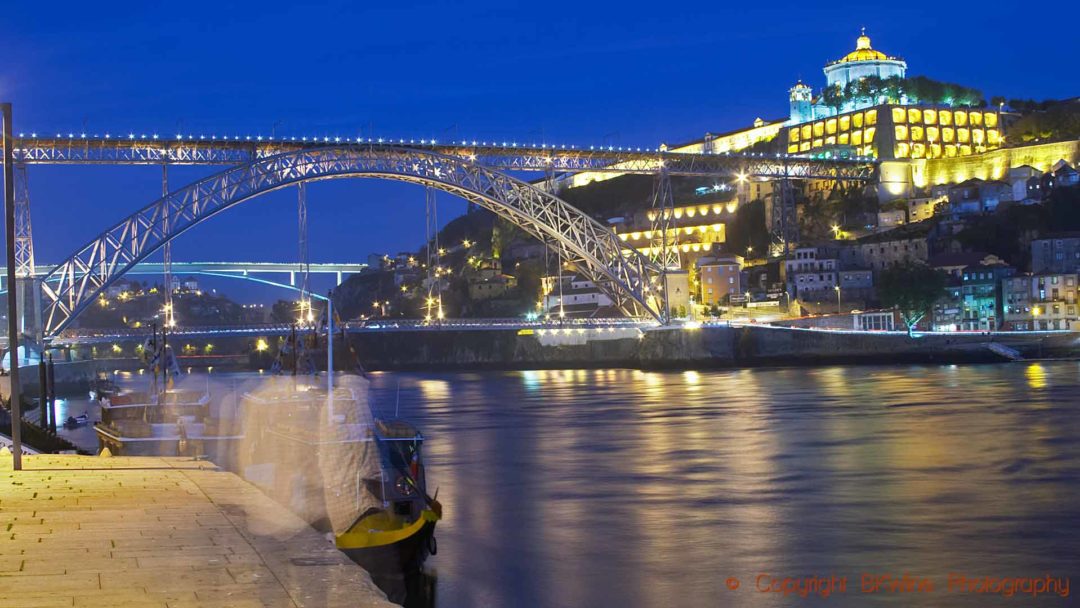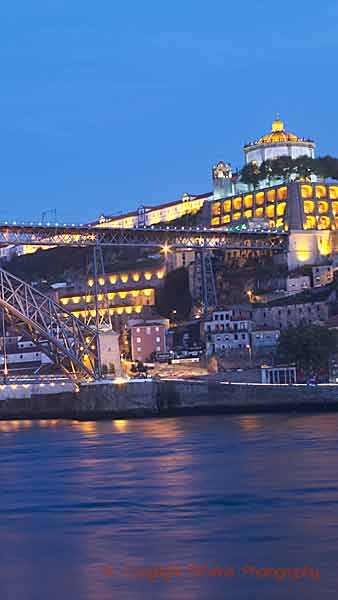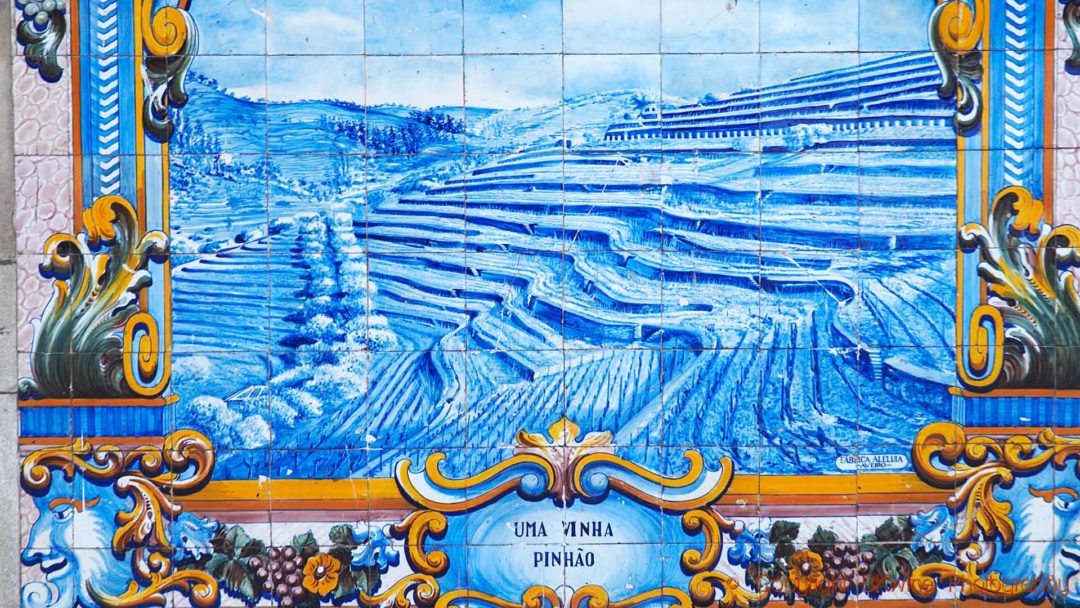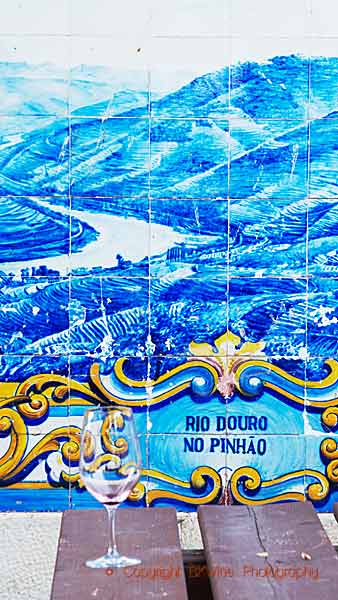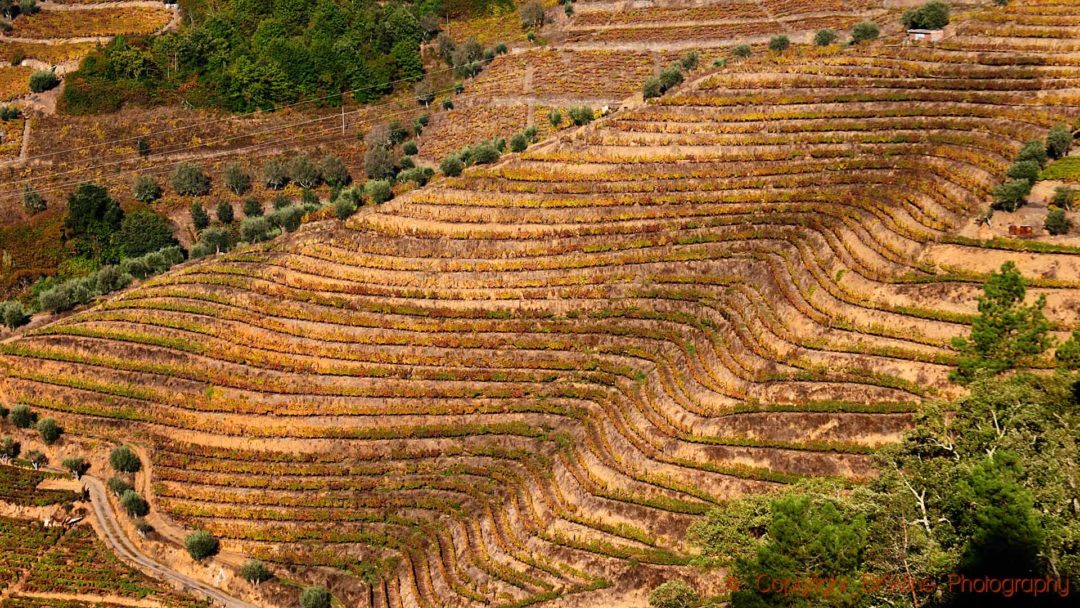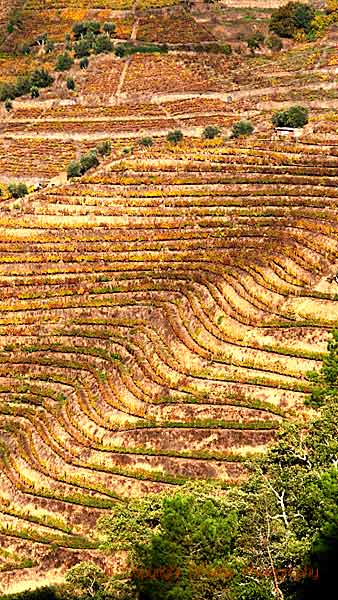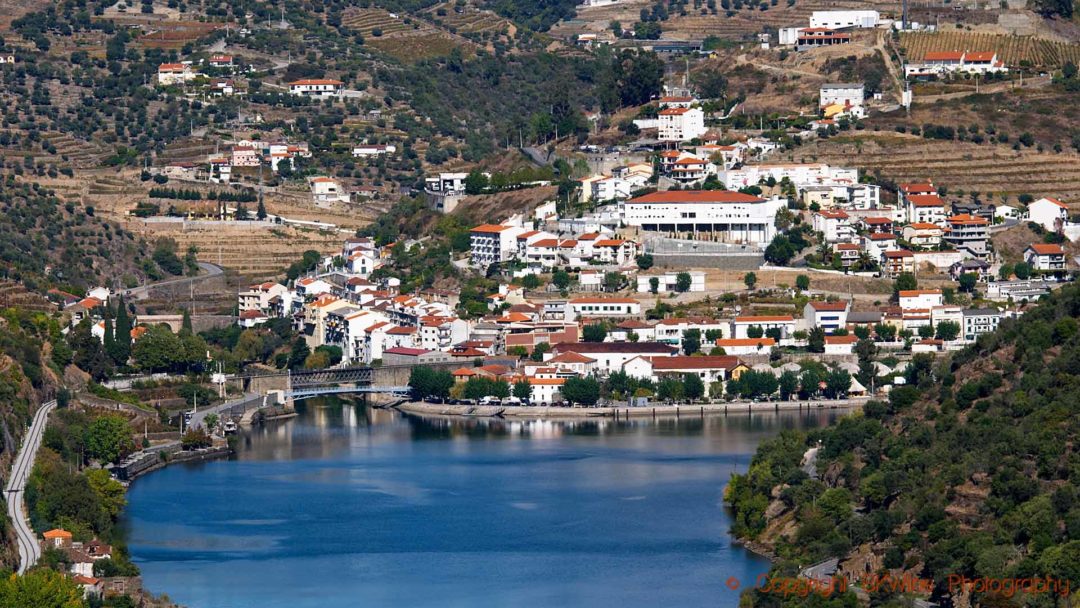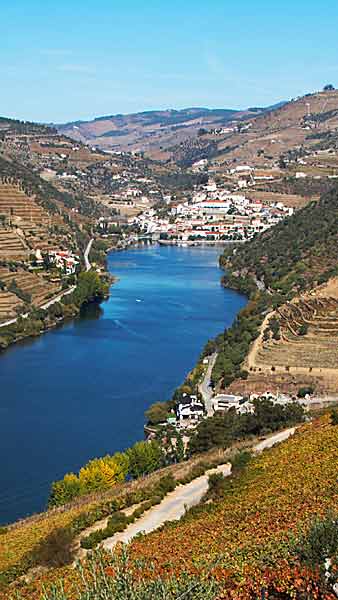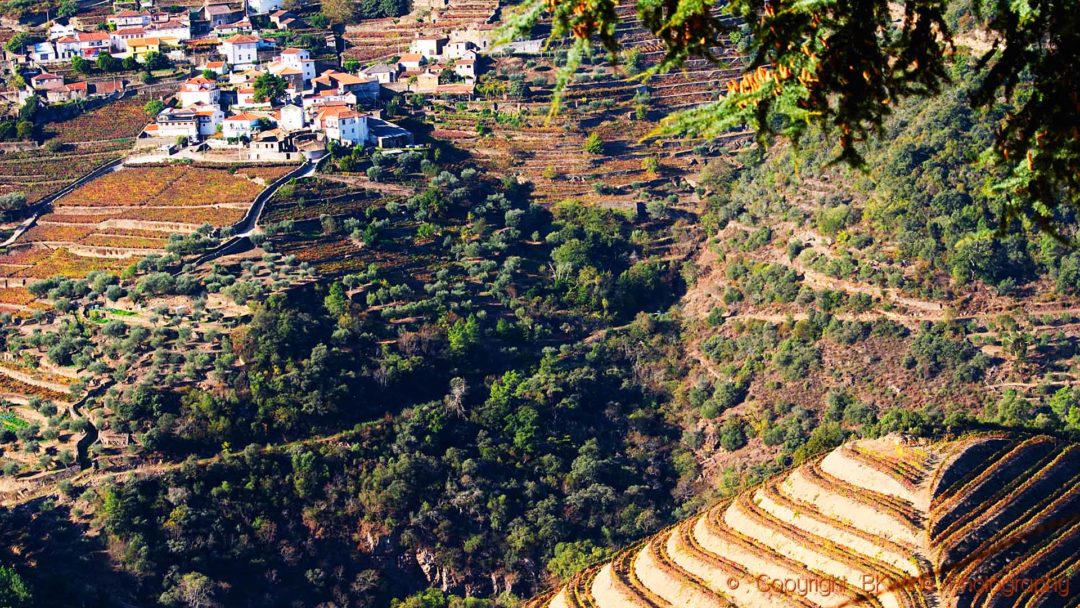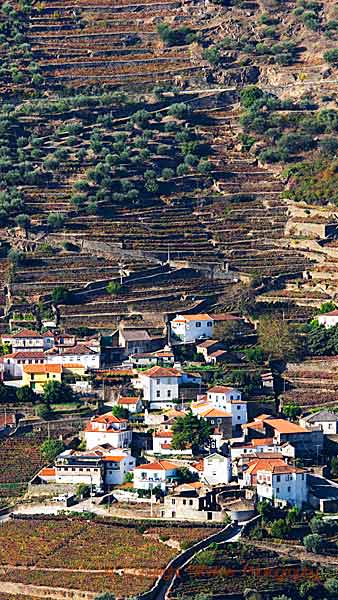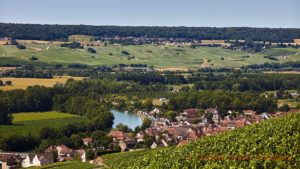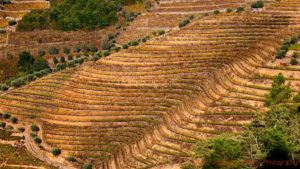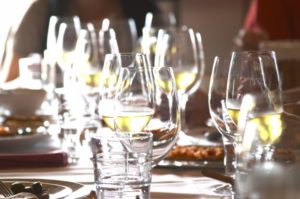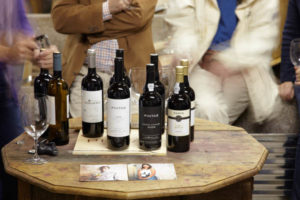Have you ever heard people say “There’s a generation shift, the ‘new generation’ is reviving our wine region”? It is often said about many a wine region. I think that is just, well, to use a polite word, silly.
How could there be a generation shift? Generations don’t “shift”.
There is a continuous flow from one generation to another. It is not a step function; it is more like the water in a river: a continuous flow.
But when I go wine touring in the Douro Valley and meet Oscar and Claudia, or Sandra, or Manuel, or Luisa, or João, or Jorge, I start thinking that there is perhaps something to it anyway.
Oscar and Claudia Quevedo are at Quevedo Port (Quinta da Senhora do Rosario). Sandra Tavares has created Wine & Soul. Manuel Lobo is at Quinta do Crasto. Luisa is of the Olazabal family that owns Quinta do Vale do Meao far up the Douro River close to Spain. João Roseira runs Quinta do Infantado. Jorge Alves makes wine at Quinta do Tedo. And many more.
When I started tasting (and drinking) wine many years ago the Douro Valley was almost exclusively known for port. Port still the core, of course, but much has changed.
It used to be that you had a glass of port with the stilton at Christmas. The rest of the year you just said “port is such a delicious wine” but you rarely drank it. Today it is different. Perhaps that has to do with generations, generations of wine producers and of wine drinkers.
Fortified port is still the mainstay of the Douro, but I think people drink it differently now. There is white port and there is even rosé port. The traditional red ports are sometimes getting drier. Port is even used as a cocktail mixer.
But the biggest difference is that you have the “table” (not fortified) wines from the Douro. Everything from elegant whites to impressive reds.
The first time I came to visit Quevedo Ports was an early morning in October. Their winery is far away in the small town of San Joao da Pesqueira on a plateau high above the river. Weather in October is not always to be trusted in the Douro. This morning it was foggy. We had to drive slowly and follow the winding bends in the roads carefully. You could not see many metres in front, nor to the side, and the road was very curvy.
Getting out of the bus to meet Oscar the air was cool, even cold, but the sun was making great progress. By the time we had tasted through a few ports in the wine cellar, quite a few, finishing with a series of rare tawnies with a climax at a 40 year old (Quevedo is a bit of a specialist in old tawny), the sun had defeated the fog. Brilliant blue skies, magnificent views over the vineyards.
Driving down was a total surprise. It was spectacular. If we had not seen much going up, driving down was a never-ending series of breath-taking views. The Douro roads are in a class of their own with vista after vista over the vineyards. Looking over the edge at the side of the road I understood why our driver had taken his time going up. You really don’t want to slip off the edge of the road here.
Taking a right at Pinhao, the “main” town in the wine region we head to Wine and Soul. Calling it “main” is a stretch, there’s nothing “main” about Pinhao. Its biggest attraction is the railway station that is a marvel of blue and white azulejo tiles.
What also counts to its advantage is that this tiny railway station has a wine bar. Plus that Pinhao has a luxurious hotel as well as a more modest hostel. A good place to stay when exploring the vineyards.
A few bends of the road later (well, probably 75 bends later) we arrive in Vale de Mendiz and at Wine and Soul, where Sandra Tavares and Jorge Serôdio Borges have established their tiny winery. I met Sandra, Jorge was not there. Perhaps he was travelling the world talking about their wines. Sandra and Jorge have a talent for combining excellence in winemaking and talent in marketing.
Their winery is a small building painted white (as most are in the Douro) with Wine & Soul in giant letters on the wall. I can only guess why they chose that name. The “soul” can perhaps be interpreted in many different ways. Obviously they make wines with a lot of soul. But they also put their whole soul into making them. And who knows, maybe they have a musical talent too?
Running a vineyard today or establishing one from scratch is not easy. Vineyard land is the most expensive agricultural land there is. So today if you want to be a winemaker you also have to know your way in marketing. Just the name, Wine & Soul, gives you a good indication of how they think, Sandra and Jorge. A winery with a 100% English name in the Douro. (OK, many others have English names too but that’s just old family names. It does not count.) Already when they started they obviously had a very international perspective on what they wanted to do.
When I met Oscar earlier in the morning, my impression was the same. It is not easy to arrange a meeting with Oscar at the Quevedo winery. He is often on the road travelling the world selling his wines.
Perhaps that is a sign of a generation shift? It used to be that being a winemaker was being in agriculture. Today if you run a winery you also have to run a business. And many young people in the Douro today are very talented both in winemaking and in business.
There is fresh water in the river!
The Douro Valley is one of the world’s most spectacular wine landscapes with its winding river and steep hillside vineyards. A visit to the Douro Valley to taste its wines and enjoy the food and the beautiful vineyard landscape is best done on a wine tour with BKWine. The next wine tour to the Douro is in October.
Travel to the world’s wine regions with the experts on wine and the specialist in wine travel.
The ultimate wine and travel experience.

